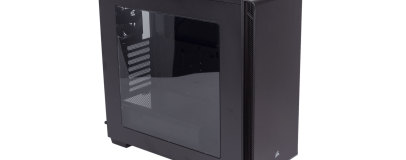
Performance Analysis
The 270R put out decent numbers in the thermal test. The CPU delta T of 54°C matched what we saw with our test gear on an open test bench and bettered the Phanteks P400S's best result by 5°C, although the P400 (the non-insulated version) would likely fare a bit better than the P400S. Either way, the exhaust fan and roof ventilation in this case will complement your CPU cooler nicely.The GPU is also well looked after and the delta T here of 49°C puts it on par with the better cases, although that does also include the Phanteks P400S in this instance. Clearly, though, the 270R is pretty well ventilated and has enough airflow to cater for modern graphics hardware.
Noise output from the two case fans isn't excessive but neither is it absent completely. Any sounds from within easily escape through the porous roof, although the front and sides help a little with containing noise.
Conclusion
The 270R sees Corsair playing catchup with the current trend of internal case design where a PSU cover is installed, optical drives are done away with and internal drives are moved to the back of the motherboard tray. A few years back it would've been rather eye-opening but these days it's a little par for the course. That isn't to say, of course, that it's a bad chassis. In fact, the 270R is a mostly solid bit of kit. The build quality is sufficient for the price and the chassis is dead simple to work with, giving you a system at the end that's clean and shown off nicely. For a first case that doesn't break the bank and is very user-friendly you could certainly do a lot worse.Then again, you could also do better. If you're sticking to air cooling, the S340 offers even better performance than this case (going by the results of the S340 Elite), although Corsair does win on ease of use overall. Meanwhile, the feature set offered by Phanteks makes the 270R feel a little overpriced. For example, you get a fan controller, built-in multi-colour LEDs, dust filters for the roof area and a better cable management system with grommets and Velcro ties. The 270R is definitely better in one regard, however, in that it allows you to install large 360mm radiators in the front while retaining support for 3.5in drives. With the P400, it's one or the other. That's a narrow use scenario, but if it applies to you the 270R could well be your case. However, otherwise the 270R is tough to recommend over its stiff competition. It's certainly a decent enough case in and of itself, and the pricing feels mostly fair, but the lack of a top dust filter with so porous a roof is an oversight that's hard to forgive.

MSI MPG Velox 100R Chassis Review
October 14 2021 | 15:04

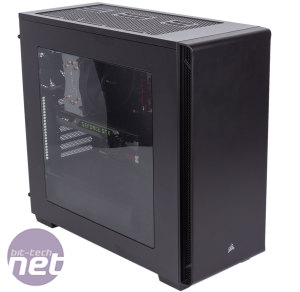
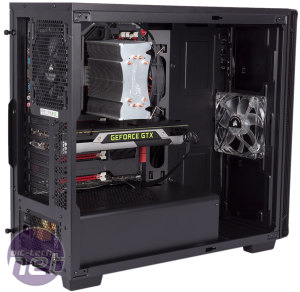
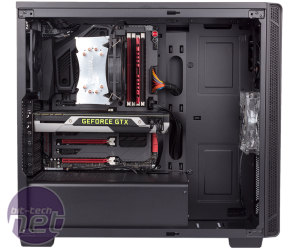
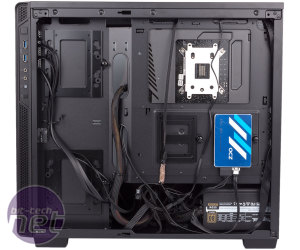







Want to comment? Please log in.